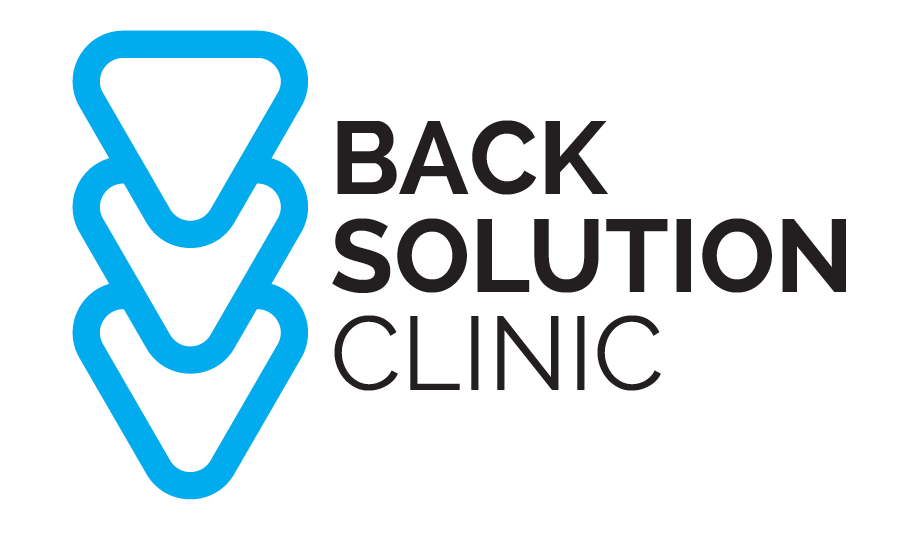Why is there such a high failure rate with lower back surgery?
Up to 40% of lower back surgery fails. There is now even a term for people who fall into this category, Failed Back Surgery Syndrome.
Most orthopedic surgeons will only operate as a last resort. They will recommend exhausting all conservative treatment options possible, and often wait until the patient has had the back complaint for many years before they will consider surgery. And rightfully so, with the failure rate, the percentage of people who actually come out with much more pain and dysfunction, not to mention the associated risk in carrying out surgery so close to the spine. However, surgery in many cases is completely necessary and lifechanging with certain people.
Surgeons are absolutely brilliant at what they do however in simple terms, lower back surgery fails to address the root underlying cause of lower back pain.
MRI’s, CT Scans and X-Rays show wear and tear to the spine, herniated discs but what they fail to show is ‘weakened muscles’, which to this day is no scan that addresses this.
The cause of back pain is weakened postural muscles, most of which are not even muscles of the back. When these major muscles that support the pelvis and the lower back are not carrying out their correct function, excessive load is placed on the lower back and its structures. This affects the discs, joints and the muscles of the lower back which are the areas that cause pain.
However just because the pain is coming from the lower back, just because the pain is coming from in and around the discs, the joints and the tiny intrinsic muscles that support the spinal segments does not mean that this is the underlying cause. The pain is secondary and symptomatic of the lack of support to this area, meaning that the postural muscles must be addressed.
The reason why so many people fail to respond to back surgery is that it does nothing to restore postural symmetry or address the initial underlying cause. There is no level of brilliance, no magic wand for the surgeon to wave over weakened muscles to strengthen them so the person's back will be supported once they are sewn back up.
Lower back surgery for most people addresses the symptoms of back pain, not the cause. It is a band aid approach that offers help for some, however, fails many unfortunately.
In cases where there is neural impingement that will not settle with rest and or treatment, back surgery can be extremely effective at reducing symptoms allowing the patient to commence rehabilitative exercise to address the cause of the impingement in the first place.
In many cases of surgery placebo is considered one of the most effective reasons for recovery, lower back surgery could very well assist many via this path also.
The problem for most people however is the only reason they undergo surgery is because they have exhausted all conservative options. There is no clear indication that surgery will help them, however they feel they have nothing to lose, they feel that something in their back must be broken requiring repair.
In conclusion there reason why there is such a high failure rate with lower back surgery is due to
- Surgery addressing the symptoms, not the cause of back pain
- Many people undergo back surgery as a last resort after failing to respond to conservative treatment.
Back Solution across America has a proven record with acute and chronic back pain sufferers exceeding in excellence across the country. We have treated thousands of patients that range from Olympic athletes, professional athletes as well as everyday pain sufferers. Our rapid growth across the country will ensure a local clinic will be in your area soon to address you acute and chronic back pain.

